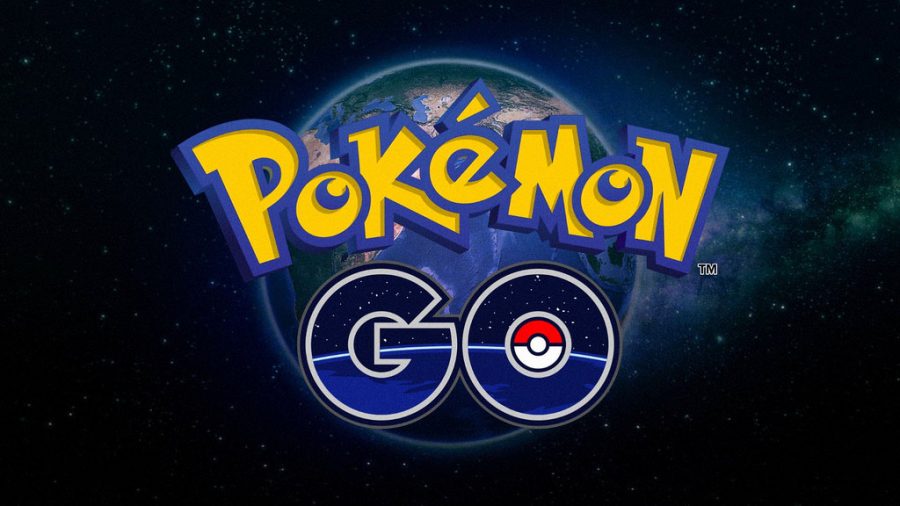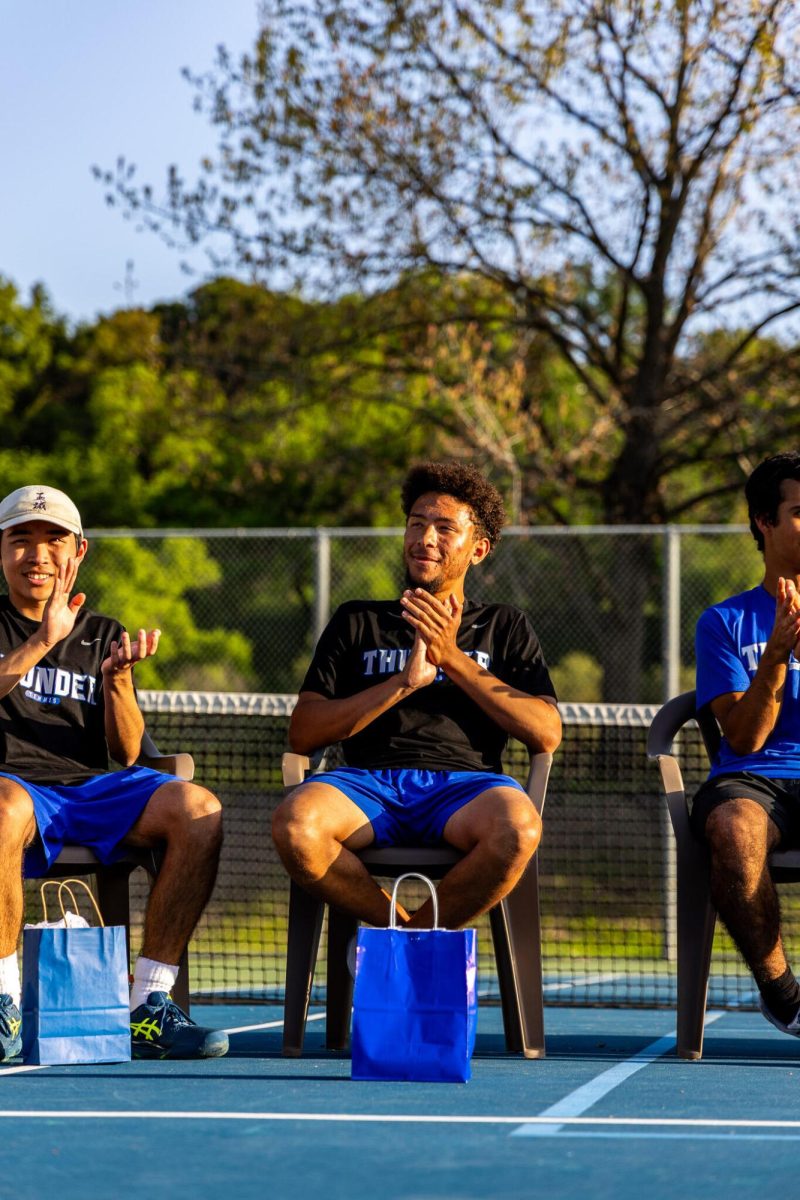Pokémon Stop
Smash-hit mobile game loses its stride.
September 1, 2016
The Pokémon franchise, originally brought to the United States in 1998, is one that has followed many teenagers for the duration of their life. Growing alongside the ever expanding list of over 700 individual creatures, many retain their childhood dream of “catching them all.”
This dream, in many ways, was finally made possible in July, as the long-awaited application Pokémon Go was released in the United States. Offering location-based gameplay, the app skyrocketed in popularity, reaching roughly five percent of all Android devices in a mere two days after release.
The game’s notoriety, though, is due largely to its social implications. As the nostalgic craze swept the nation, people of all ages and lifestyles found themselves wandering at night and meeting one another. Almost overnight, Pokémon began sparking unlikely conversations and connecting people that may never otherwise offer so much as a greeting.
The app was not without criticism, though, and soon found itself in the center of controversy. People absorbed with the app would accidentally trespass or walk into the street. In some cases, places that had been assigned the game’s “Pokéstops” would be swarmed with unwanted attention, including memorials and cemeteries.
For a while, Pokémon Go pushed through the dissent, riding on its explosive popularity. Soon, though, issues arose once again, now with the game itself.
“The whole way to track Pokémon in the game was broken. You could see that something was nearby, but you had a really hard time finding it,” said senior Hayden Donovan. “It ruined the game.”
Niantic, the company behind the app, responded rather severely, removing the tracking system in its entirety until it could be fixed or improved. This rash decision, alongside other problems like ever-failing servers, was made worse when combined with Niantic’s notoriously bad communication with users: the company would go days without informing its users about what they were doing to resolve issues.
These issues have been large contributors to the game’s recent decline.
“When it came out I would spend hours a day on the game. Now it’s rare for me to play at all,” said senior Erica Maiman.
The game, once reaching almost ten million daily users, has fallen to something that only barely lingers in the back of its former players’ heads.
Pokémon Go has lost its spotlight surprisingly quickly, reminiscent of past trends like Trivia Crack or Flappy Bird. Once it lost its appeal as a new and innovative game, attention flooded to the game’s flaws and killed it.
The game will of likely never reach the heights it had on release because of its issues, but the fact it’s it was just another trend in many ways. It managed to capitalize on nostalgia and was a fantastic idea, but it’s execution was too poor to save. For the real experience of “catching them all,” we may have to wait a bit longer.















